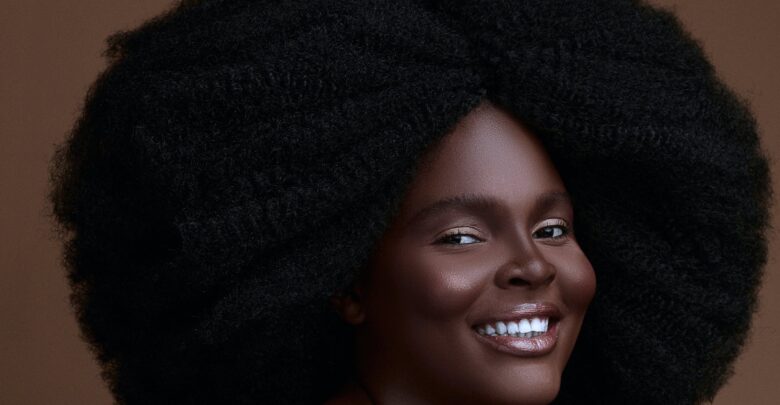The Afrocomb Black Hair Slavery and Slave Trade in Africa

The African’s meager personal belongings were combs and hair decorations during slavery and slave trade in Africa
The comb was a reflection of its maker and might be used to show devotion, family customs, or tribe rank.
His comb was abandoned when he was taken from his country and sold into slavery in other nations; it was lost for 400 years.
(Morrow, Willie L. 1973)
“400 Years Without A Comb,” an insightful and in-depth documentary that explores the history of African beauty—specifically, African hair—in the framework of African people’s experiences prior to, during, and following slavery and slave trade in Africa is an adaptation of Willie L. Morrow’s book.
Also Read: The Slave Trade in Africa: The Atlantic Slave Trade
The Afrocomb Black Hair Slavery and Slave Trade in Africa

It was shocking to learn that products for relaxing and straightening hair originated from things like leftover dishwashing water from the kitchen, which was prized for its corrosive effect on the scalp and consequently straightened the “kinky hair” of the slaves.
These products were also developed from the sulfur chemicals used to treat lice in the slave quarters.
The second generation of slaves, who were born into slavery and slave trade in Africa and lacked the cultural background and self-worth of their first generation parents who had grown up in Africa, subsequently “lovingly” passed on this kind of “beauty advice.”
The pathological “Inferiority Seed,” as Morrow refers to it, was most prevalent among Born Slaves.
This was then handed down through the centuries, becoming ingrained in the Black Psyche and showing up as “remedies” to straighten the African’s “nappy” hair, which was naturally curly.
As the first Black American woman to become a millionaire, Madam CJ Walker amassed wealth by founding the modern Black hair and beauty care industry, which inadvertently contributed to the generation-long cycle of self-hatred.
All of this is still pertinent to the current debate over Black identity and may be seen as a continuation of the “Tragic Mullato” conundrum.
The African person’s ongoing struggle to define themselves in terms of how “close” they are to “Whiteness,” whether that be achieved through straighter hair or a lighter skin tone.
Also Read: African Hairstyles’ Social Importance and Spiritual Significance
African Comb reappearance
Only in the 1960s did the African Comb reappear, giving rise to the well-known “Afro” hairstyle.
According to Morrow, this was the first time in four centuries that African-Americans in America had reconciled with and incorporated a piece of their African heritage into their daily lives.
With the popularity of skin-lightening creams on the increase in our day, 400 Years Without A Comb sheds light on the history of this problem by linking it to slavery and slave trade in Africa and the ingrained self-hatred that was prevalent among slaves, handed down through the generations, and still exists now in various forms.
Slaves were formerly a part of some of the most illustrious African Empires that were ultimately overthrown by colonial conquest.





